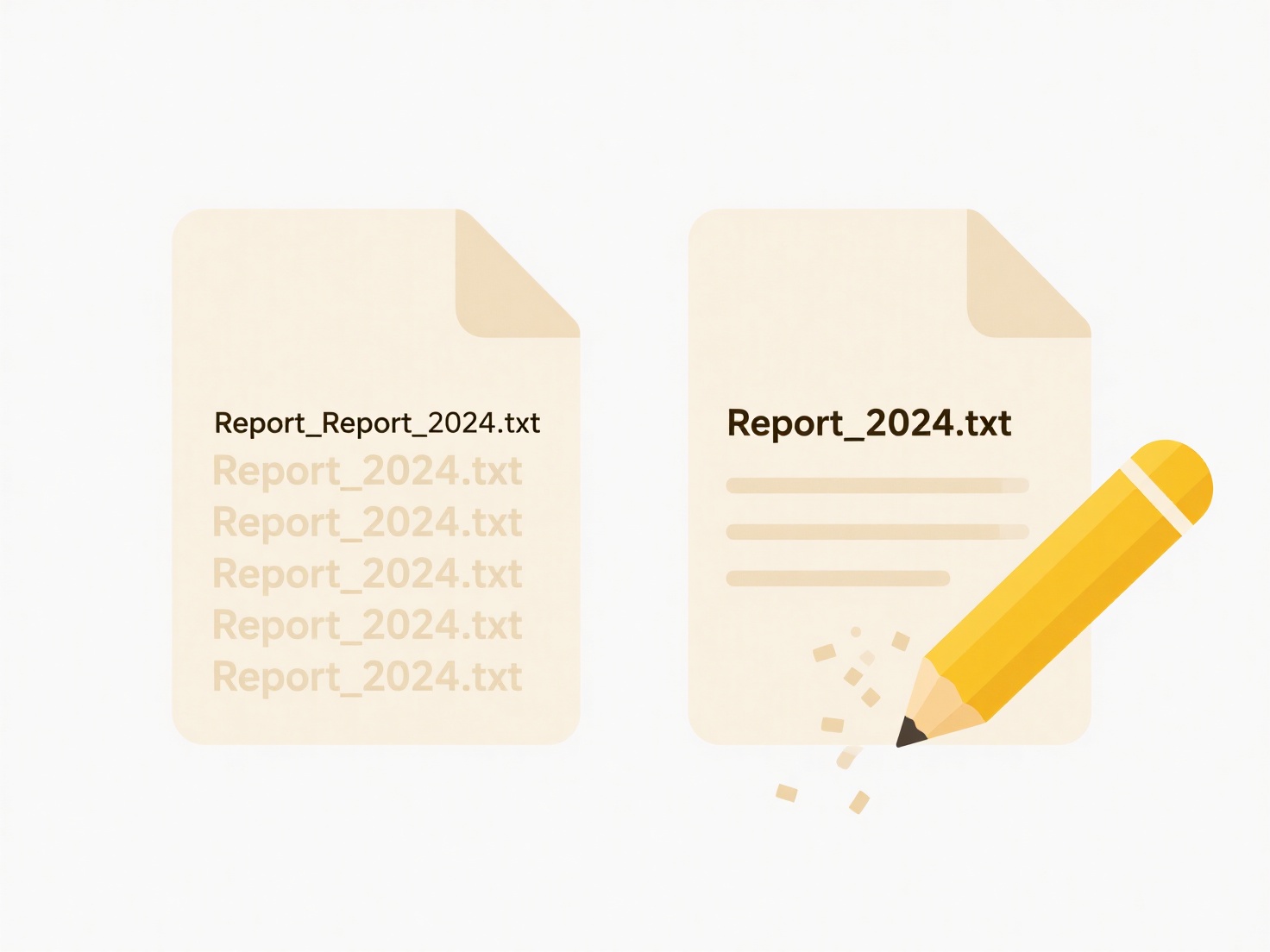
An image appears pixelated (with visible square dots) when its display dimensions exceed its inherent resolution capabilities. Resolution defines how many pixels an image contains; each pixel represents a tiny dot of color. When software enlarges an image beyond its original pixel dimensions, it must "invent" new pixel data through a process called interpolation. Basic interpolation methods (like "nearest neighbor" or simple bilinear) duplicate or average existing pixels, creating blocky, jagged edges instead of smooth transitions.

A common example is trying to zoom in significantly on a small photo captured with a low-resolution camera or mobile phone. The limited original pixels become clearly visible. Similarly, a screenshot saved at a small file size (low resolution) will look pixelated if stretched to fill a large monitor screen during presentation software use. Websites sometimes display highly compressed images that pixelate when viewed up close.
The fundamental limitation is the image's original pixel data. Adding more pixels during enlargement doesn't recover lost detail; it only estimates values, often poorly for large scaling factors. High-quality "upscaling" exists using complex algorithms (or AI), but cannot perfectly recreate missing intricate details. While frustrating, pixelation directly signals that the image is being used beyond its intended resolution capacity.
Why does the image look pixelated when opened?
An image appears pixelated (with visible square dots) when its display dimensions exceed its inherent resolution capabilities. Resolution defines how many pixels an image contains; each pixel represents a tiny dot of color. When software enlarges an image beyond its original pixel dimensions, it must "invent" new pixel data through a process called interpolation. Basic interpolation methods (like "nearest neighbor" or simple bilinear) duplicate or average existing pixels, creating blocky, jagged edges instead of smooth transitions.

A common example is trying to zoom in significantly on a small photo captured with a low-resolution camera or mobile phone. The limited original pixels become clearly visible. Similarly, a screenshot saved at a small file size (low resolution) will look pixelated if stretched to fill a large monitor screen during presentation software use. Websites sometimes display highly compressed images that pixelate when viewed up close.
The fundamental limitation is the image's original pixel data. Adding more pixels during enlargement doesn't recover lost detail; it only estimates values, often poorly for large scaling factors. High-quality "upscaling" exists using complex algorithms (or AI), but cannot perfectly recreate missing intricate details. While frustrating, pixelation directly signals that the image is being used beyond its intended resolution capacity.
Quick Article Links
What’s a good way to handle multi-language file organization?
Handling multi-language file organization effectively requires a consistent structure that groups translations by langua...
Are .dat files safe to open?
A .dat file is a generic extension used for "data" files. These files contain raw information, not executable code thems...
Where is my file saved by default?
The default save location refers to where a computer application or operating system automatically stores your new files...